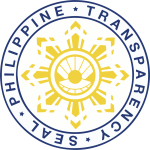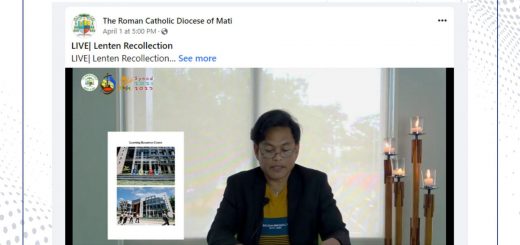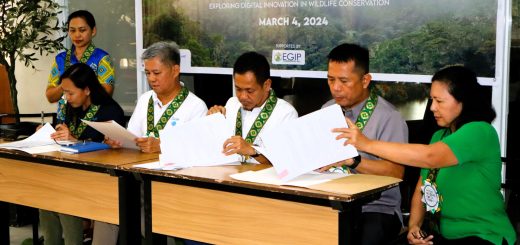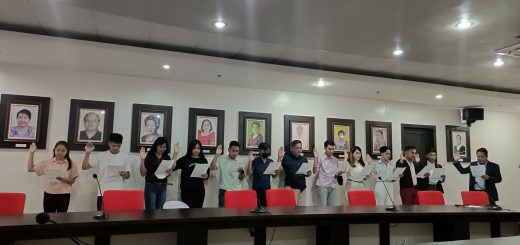Marine Life Booms in Pujada Bay After Artificial Reef Installation
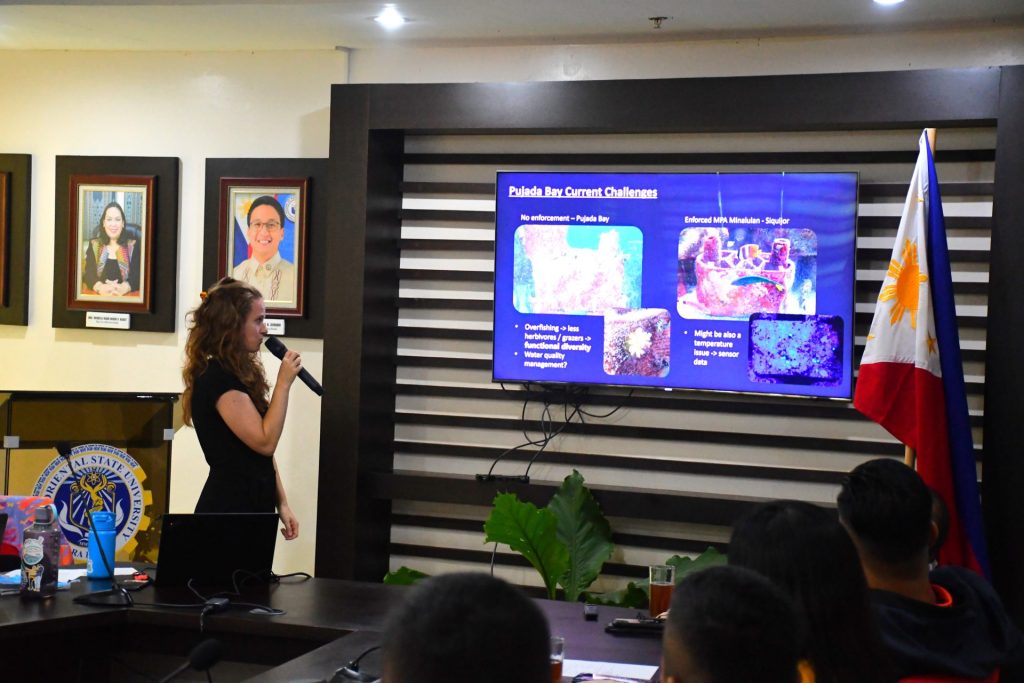
A year after the installation of an artificial coral reef in Pujada Bay, researchers have reported a significant increase in marine life, underscoring the reef’s success in helping degraded underwater ecosystems recover.
The breakthrough findings were presented by Ms. Hanna Kuhfuss during the Pujada Bay Protected Landscape and Seascape (PBPLS) Special Protected Area Management Board (PAMB) Meeting held on July 23, 2025, at the Davao Oriental State University (DOrSU) Boardroom.
In her presentation, Kuhfuss reported that within five months, the number of baby corals—known as coral recruits—on the artificial clay reef nearly tripled, from 13 to 34 per square meter. After one year, an estimated 4,000 coral recruits had colonized the 100-square-meter reef structure.
More importantly, the young corals not only survived but also exhibited rapid growth. Their average size more than doubled—from 20.5 mm to 52.6 mm over seven months—indicating strong development and high survival rates.
The artificial reef also proved to be a magnet for marine life. In just five months, fish numbers increased fifteenfold, while the total fish biomass grew tenfold. Although fish were present at a nearby natural site, the artificial reef hosted a richer diversity of functional fish groups—grazers, feeders, and predators—making it a more dynamic and functional habitat.
Kuhfuss emphasized that the reef’s success demonstrates its potential to support coral development and sustain marine biodiversity. She noted that expanding such projects could help restore fish populations and provide long-term benefits to local fishing communities.
The meeting also covered updates on the 3D Artificial Clay Reef (3D-ACR) in Manguihay and proposed additional sites for reef expansion. Discussions included an introduction to the Fourfold Project, which focuses on community engagement and social development in reef management. Initial insights from a consultation workshop held in Barangay Tamisan were also shared.
To conclude the session, participants toured the DOrSU 3D Clay Bricks Fabrication Facility and the Regional Integrated Coastal Resource Management Center.
With continued collaboration among local communities, researchers, and government agencies, the artificial reef initiative in Pujada Bay serves as a model for marine restoration and sustainable coastal development in the Philippines.
(DOrSU PIO)

